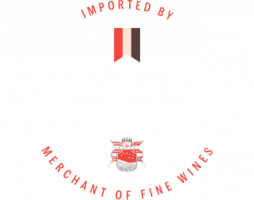2021
Harvest
2021
Harvest
Tuscany
Quantity: -25% compared to the 2020 harvest
The 2021 season opened leaving behind a particularly rainy winter, which guaranteed an important water reserve. During the month of April there were sudden drops in temperature, which led to freezing phenomena in the valley bottoms (which created problems especially for the red grapes and therefore primarily for Sangiovese, which only partially reacted by producing new buds) and to moderate growth in season debut. From the month of May, with the arrival of heat, the vine reacted with a beautiful development of the shoots and an excellent flowering, in a basically dry climate which helped to limit fungal diseases.
Between the end of July and the first days of August, the first signs of veraison were seen, also accompanied by the first signs of water stress. From 10th August the maximum temperatures recorded important peaks which, combined with the long period of absence of rainfall and light breezes, led to a decrease in humidity in the soil and to widespread phenomena of water stress and heat stroke. The drought affected various inland and coastal areas, and the latter also had to fight against strong winds that further dried the soil.
In some denominations there is a weak presence of moth in the third generation and the first reports of damage from ungulates begin to arrive.
The current conditions and the weather forecast for the days to come make us think of a complex and difficult to read harvest. There will be wine-growing areas with some vines in particular that will be able to carry out the ripening process quickly, while other areas that, by virtue of the delay caused by the frost or by possible ripening blocks due to drought, will be able to ripen more slowly and give resulting in a postponed harvest.
The low yields per hectare, the temperatures at the beginning of August and the possible phenomena of dehydration on the grapes suggest a highly concentrated harvest, more suited to the production of reds than whites and rosés.



